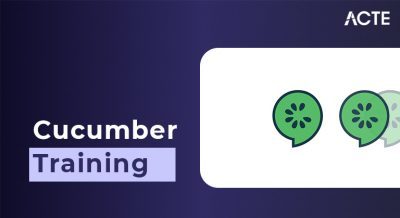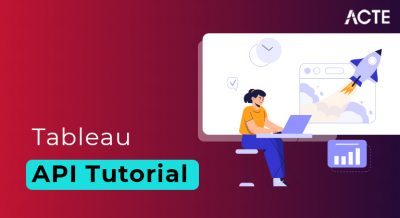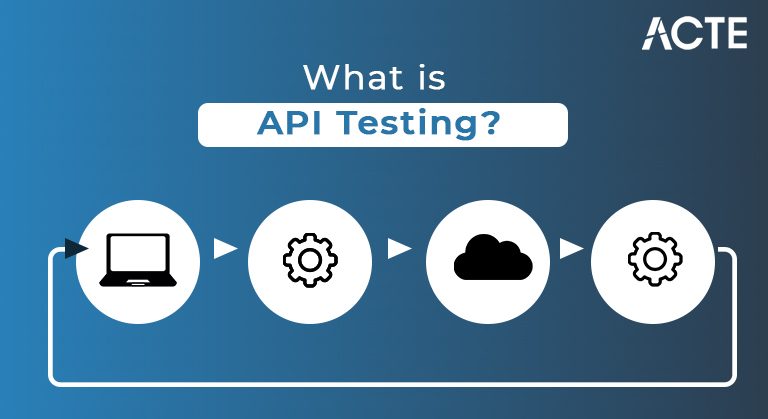
What is an API?
Programming interface is the abbreviation for Application Programming Interface, which is a product middle person that permits two applications to converse with one another.
Assume you are looking for a lodging through an internet based travel booking webpage. Utilizing the webpage’s online structure, you will fill the essential data like the city you need to remain, under tight restraints in and look at dates, number of visitors, and number of rooms. Then, at that point, you click “search.”. Yet, what’s happening between entering your data to accepting your inn decisions? APIs, that is the thing that! The site totals data from a wide range of inns. At the point when you click “search,” the site then, at that point, associates with every inn’s API, which conveys results for accessible rooms that meet your measures. And this occurs in seconds due to an API, which behaves like a courier that runs to and fro between applications, information bases, and gadgets.
Yet, on the off chance that an API doesn’t work productively and viably, it won’t ever be taken on, whether or not it is free or not. To keep away from that, APIs are tried before they are put to utilize.
- Show Layer or UI
- Business Layer or application UI for business rationale handling
- Data set Layer for demonstrating and controlling information
What is API Testing?
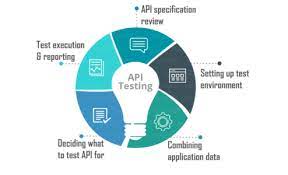
Programming interface testing is a sort of programming testing where application programming points of interaction (APIs) are tried to decide whether they live up to assumptions for usefulness, dependability, execution, and security.
In straightforward terms, API testing is planned to uncover bugs, irregularities or deviations from the normal conduct of an API. Ordinarily, applications have three separate layers:
Programming interface testing is performed at the most basic layer of programming design, the Business Layer. It is in the business layer, business rationale handling is completed, and all exchanges between User Interface(UI) and information base occur. Along these lines, ensuring that, API offers total planned usefulness takes into account simple future development of the product item.
- Language Independent: Data is traded through XML and JSON, so any language can be utilized for mechanization, free from the dialects used to foster the application.
- GUI Independent: API testing should be possible to really look at the center usefulness of the application to uncover little mistakes and to assess a develop’s fortitude. Additionally, we can test the APIs without a UI.
- Further developed Test Coverage: Most API’s have highlights, that permit an analyzer to make robotized tests with high test inclusion including positive and negative cases. We can seldom observe experiments that can’t be robotized.
- Diminish Testing Cost: With API testing we can observe minor bugs before the GUI testing. Typically, these minor bugs will expand during GUI testing. So tracking down those bugs while performing API testing will be savvy.
- Empowers Faster Releases: The experiments that take around 8-10 hrs when executing UI relapse testing take something like 1-2 hrs with API testing. This permits organizations to deliver fabricates quicker with API testing.
For what reason would it be a good idea for us to do API Testing?
Programming interface testing is a significant action that testing groups should zero in on. It offers various benefits over different sorts of testing
Types of API testing :-
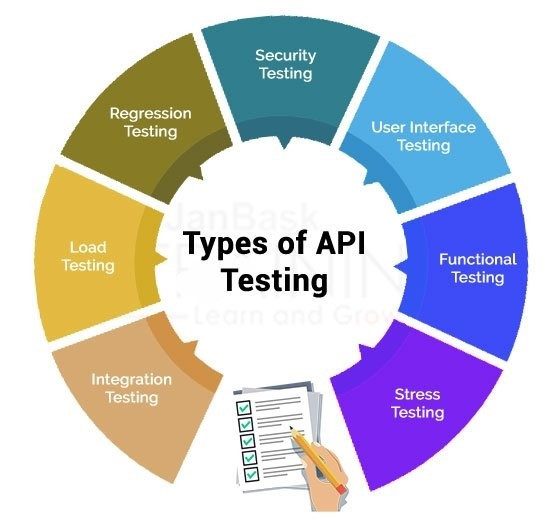
1. Unit testing:
Unit testing are tests that are composed to consequently run with each form of the application. They are composed near the code and should pass when running a form of the application. What kind of code inclusion is needed for the APIs relies upon the danger the API conveys and what functionalities it holds. Great unit testing resembles a decent establishment and this angle ought to be very much thoroughly examined it will convey the remainder of the testing exertion later down the line.
2. Integration Testing:
Our APIs are no isolated part of a framework. Rather they work to incorporate every one of the moving pieces of a framework and all of this reconciliation requires legitimate testing obviously. In addition to the fact that we need to ensure we are passing on and taking in the right boundaries with their right limitations however we likewise need to ensure that we disinfect the approaching traffic in a consistent manner.
3. Performance testing:
Execution testing is one of the non-useful that is most frequently ignored and will most frequently create problems. Be exceptionally mindful that our testing surroundings regularly just hold back a small portion of the information that creation does as such any interaction that runs would require some investment in a genuine situation. Execution testing should consider everything remembering spikes for traffic and various weighty cycles running simultaneously and obstructing each other. Additionally know that the climate that is utilized for testing should be like a creation climate to get solid outcomes.
4. Load testing:
Load testing is basically the same as execution testing since we are attempting to imitate creation like traffic yet rather than making spikes in rush hour gridlock we need to copy a consistent constant flow of traffic at a regularly anticipated rate. This is to guarantee that the API’s don’t contain memory releases or other comparable deformities that may cause issues in the wake of running for a drawn out timeframe.
5. Runtime error detection:
During these tests, we need to ensure that we have Runtime blunder identification empowered. This innovation permits our APIs to report back any imperfections that happens while it’s in activity.
6. Security testing:
This kind of testing is vital however frequently not planned well. We really want to guarantee that legitimate security testing happens dependent on a danger investigation. This sort of testing needs to happen by a prepared proficient as it’s extremely barely noticeable things however it doesn’t stop there. Each designer ought to basically be a smidgen of a security analyzer with regards to APIs as they are frequently the initial line of protection into our foundation.
Security testing has numerous assumed names, for example, pentesting, PEN testing or infiltration testing and needs to zero in on a few perspectives with regards to programming interface testing. the section points of our APIs should be considered yet in addition the progression of information and any shadow APIs that are as of now not in client yet are as yet in activity.
7. Interoperability testing:
Working with outsider programming suppliers or much more seasoned renditions of our product isn’t something we can underestimate. We want to make a segment in our test plan where we portray what testing will be finished. Seriousness and need of possibilities surrenders should be examined dependent on related involvements and they need to assist with characterizing how API testing happens when the APIs connect with
8. Fluff tests:
As a last test before we approve our application we really want to fluff every one of the endpoints of our APIs. While fluffing we will send irregular information to those API endpoints and we really want to painstakingly investigate the outcomes. Our server ought not crash from this surprising traffic and it ought not show any odd conduct. In light of a danger investigation, fluff testing may be performed considerably more organized or not in any way.
9. Approval Testing:
During approval testing we want to guarantees that the product meets the business necessities. The analyzers need to assess on the off chance that the test execution results match what is generally anticipated and needed by the test plan. They will in this manner guide the business clients in their User Acceptance Testing (UAT) in which they guarantee the partners execute the pre-assembled testing situation’s and report any deviations on what was generally anticipated. In the event that the product is endorsed.
- the motivation behind the API and its objective buyer;
- the work process of the application;
- the highlights and elements of the API;
- other APIs this API associates with;
- parts of testing;
- the issues we’re trying for;
- needs in testing;
- the ideal result;
- the meaning of Pass and Fail.
- testing esteem in light of the info condition: You characterize the information and validate the result, which can be any kind of information or status (for example Pass or Fail);
- actually looking at the conduct of the API in the framework when there is no return esteem accordingly;
- following occasions or interferences set off by the result;
- verifying the impact on the framework after information structure refreshes;
- approving assets altered by the API call.
How to go about testing the API :-
Programming interface testing is performed by submitting solicitations to the product utilizing the application’s customizing connection point of the application and afterward checking on the off chance that it returns the normal information. When robotized, API testing can be effectively performed consistently. Its main advantage is speed – less slack time among improvement and QA, less time spent on troubleshooting underway.
Step 1: Create API testing necessities. To have the option to design API tests, first, you really want to decide testing limits and prerequisites. You’ll be responding to questions like:
Step 2: Establish the API test climate. At the point not set in stone the practical extent of your API, the subsequent Step is setting up an API test climate which is generally the undertaking of DevOps engineers. It requires the setup of the servers, information bases, and each asset the API cooperates with, contingent upon the product prerequisites.
Step 3: Make a preliminary API call. Prior to jumping into exhaustive testing, settle on an API decision just to make sure that nothing is broken and the API is functional.
Step 4: Define the information boundaries. Plan all conceivable info mixes. You will involve them in your experiments, and later – to validate the outcomes to decide if the API proceeds true to form.
Step 5: Create API experiments. After every one of the arrangements are done, you can compose and execute experiments, and, eventually, contrast genuine outcomes and the normal ones. A decent practice is to bunch them by test class. Instances of API experiments include:
- You don’t go through days of your advancement group time on composition, keeping up with, and refactoring tests
- Testfully offers a strong UI to run tests and get results
- Your whole group can add to testing, and not just your engineers
Conclusion :-
This article investigated API testing exhaustively and thought about unit testing, API reconciliation testing, and API execution testing as three distinctive testing API testing techniques. Utilizing Testfully to test and screen API offers the accompanying advantages:




